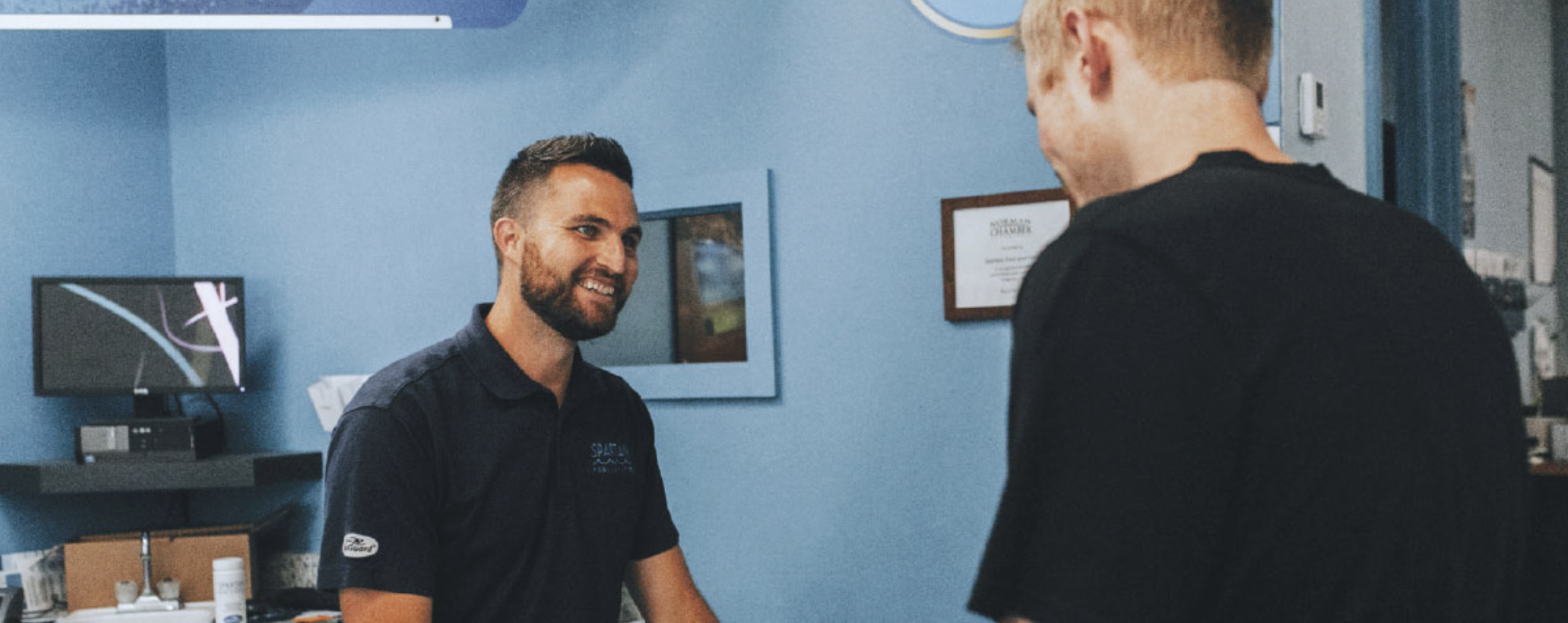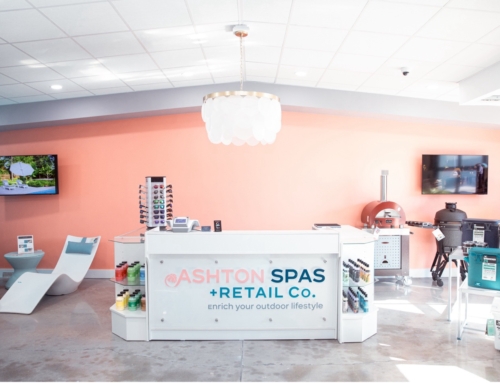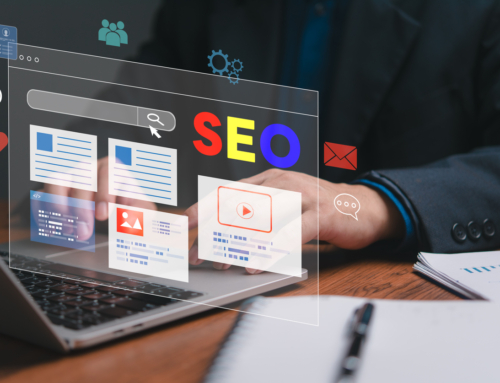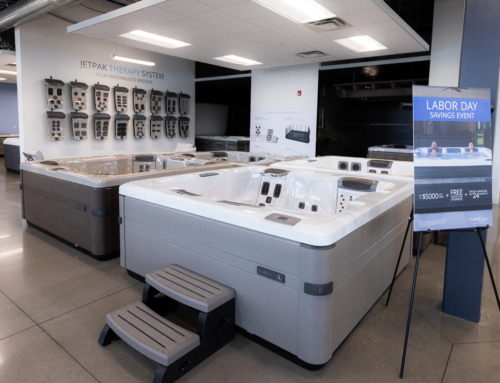A top-quality, well-maintained spa can last for 15 years or more, so dealers sometimes see spas as a one-time sale opportunity. This “one and done” mentality can lead to a decreased revenue stream because it generates fewer referrals, fewer accessory and chemical sales, less return business and poor customer care. It’s a “can’t see the forest for the trees” situation, really. The big ticket sale of a single spa is but a single tree in a forest of future sales opportunities. Understanding CLV (Customer Lifetime Value) helps you increase current business and build more business on referrals and return customers.
Understanding CLV
Customer Lifetime Value refers to how much revenue you can expect individual customers to generate over the entire time they do business with you. According to Forbes Magazine, “Every customer has a level of value based on what it took to acquire and keep them. This value will include what they have already spent with your company, and the potential of future purchases.” In essence, CLV is a way to help businesses optimize customer interactions to encourage repeat purchases, drive retention rates, increase profits and reduce costs.
Measuring Customer Value
Many factors go into measuring customer value. How do you decide which customers are high-value and which are low-value? Consider these factors:
- Historic Value: Take note of when and how frequently customers have bought from you in the past. This information paints a picture of how effectively your customer experience strategy and marketing efforts have worked and helps you gain a better understanding of when customers are in a buying mood.
- Future Value: How engaged are customers with your brand right now? How often do they visit your website and how long do they stay? Knowing these things helps you predict whether they are likely to make purchases in the future.
- Influence: How much of your current business comes from customer referrals? Every referral that leads to a sale increases the value of the customer who made the referral. It may be by word of mouth and through social media so always ask customers who referred them or how they heard about your business.
- Frequency: Repeat business allows you to better time promotions to coincide with the buying habits of repeat shoppers. Running sales on spa chemicals right before holidays, for example, or a seasonal service special for opening and closing of spas.
- Purchase Amount: Is it better to focus on customers that spend more on less or less on more? The cost of labor and logistics is less for the first type, but the second type provides an opportunity for you to implement strategies to increase their purchase size over time.
- Interaction: Track the level of customer brand interaction in the store, in email, in texts and across social media (in terms of reviews, feedback and comments).
- Loyalty: Customers who buy their products from you because they bought their spa from you are extremely high-value customers. You want to find out why they do this and how you can continue to make their experience with you positive to increase their influence and frequency.
When you look at customer value in these ways, you can see that different customers require different approaches to ascertain their value. Knowing what value individual customers deliver lets you focus on ways to gain greater potential value in terms of customer purchase frequency and amount.
Assessing CLV
Now that you have all this data, how do you go about actually assessing the lifetime value of individual customers? The most basic formula consists of these components:
- Average Value of Sale (AVS)
- Purchase Frequency (PF)
- Average Retention Time (ART)
- Cost of Retention (CR)
Using this data, it’s relatively easy to calculate a customer’s lifetime value:
AVS x PF x ART – CR = CLV (Customer Lifetime Value)
So, as a spa dealer, you want to know what each customer is worth to your business over several years after they have bought their spa. Let’s assume the lifetime of the customer is five years and that they make a purchase every other month that averages $75. Now, using these arbitrary numbers, let’s calculate their CLV.
$75/bi-monthly x 6 payments/year x 5 years = $2,250 + $7,000 spa purchase = $9,250
The lifetime value of this customer is $9,250. However, if the same customer makes referrals that result in more sales, their customer lifetime value increases. Here’s how:
Referral #1
Purchases a $5,000 spa and spends $80 per quarter in your store over a 5 year period
$80/quarter x 4 payments/year x 5 years = $1,600 + $5,000 spa purchase = $6,600
Original customer’s lifetime value is now $10,850
Referral #2
Purchases a $10,000 spa and spends $50 per month in-store over a 5 year period
$50/month x 12 payments/year x 5 years = $3,000 + $10,000 spa purchase = $13,000
Original customer’s lifetime value is now $23,850
Of course, you still have to subtract the cost of keeping the original customer coming back. Even if you allocate $100 a year in advertising per customer ($500 over 5 years), the lifetime value of our example customer would still be $9,150; $10,750; and $23,750 respectively. The beauty of this scenario is that you basically got three customers for the price of one! The first buyer did the legwork for you by sharing a positive buying experience with others, so getting those referrals in the store didn’t cost you anything. Now imagine that those two referrals each generated two more referrals, and so on and so forth. Are you starting to see the value of customer lifetime value?
Why CLV is Important
Considering that it costs six to seven times more to attract new customers than to keep existing ones, it is obvious that paying attention to customer lifetime value makes sense financially. Another reason to measure CLV is sales likelihood. For example, you are 60 to 70 percent more likely to make a sale to an existing customer than to a first time customer. Other benefits of CLV are:
- It reflects your product quality
- It reflects your service quality
- It provides insights into customer life cycles
- It helps you see how much to spend on retention
- It helps you see which customers on which to focus retention efforts
Measuring the lifetime value of your customers does three important things for your business:
- It serves as a benchmark for growth and expansion in the future.
- It determines business worth for borrowing, funding or selling the company.
- It demonstrates the significance of repeat business.
The Bottom Line
What is your businesses greatest asset? The answer is customers, of course. Customer lifetime value is a tool for predicting what your customers will buy, how often they’ll buy and how much they’re likely to spend. It’s time to stop undervaluing existing customers, get rid of the single sale mentality and start thinking about how you can keep customers coming back for the long term by tracking CLV.









Leave A Comment